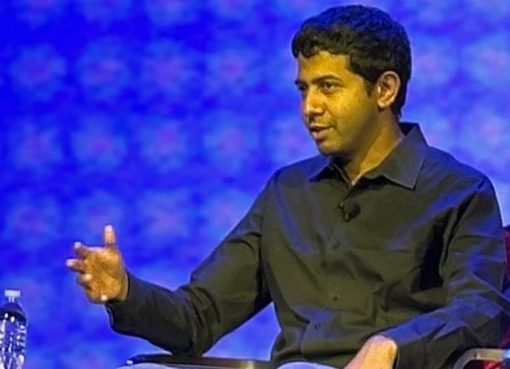Not all hedge fund managers are sold on crypto as Man Group CEO Luke Ellis has compared cryptocurrencies to tulip bulbs.
Speaking to the Financial Times, Ellis remarked that the utility of crypto comes from its volatility, thus presenting the asset class as a viable trading opportunity. According to the CEO of the world’s largest publicly-traded hedge fund:
“If you look at cryptocurrencies as a whole, it is a pure trading instrument. There is no inherent worth in it whatsoever. It is a tulip bulb.”
Despite being an outmoded comparison, crypto and Bitcoin (BTC), in particular, is often compared to the “Tulipmania” — a brief period where the price of some tulip bulbs soared exponentially in the Netherlands before eventually crashing.
Ellis stated that his $127 billion hedge fund is happy to trade crypto as there is liquidity to support long or short bets, given the choppy price action of cryptocurrencies. For Ellis, Man Group’s crypto involvement does not constitute an endorsement of the cryptocurrencies as an asset class.
According to the Man Group CEO, the hedge fund does not offer crypto as an “asset management product,” but it is one of the over 800 markets in which the company trades.
Commenting on the prevailing crypto investment thesis, Ellis identified inflation as a major reason why cryptocurrencies are becoming more popular within asset portfolios.
Indeed, Bitcoin proponents say BTC offers a hedge against inflation and monetary debasement, especially amid the current economic recovery efforts across the globe as part of efforts to cope with the COVID-19 pandemic.
Related: Hedge funds see the crypto market decline as an investment opportunity
Ellis’s comments come as more hedge funds are becoming active in the crypto investment space. Back in June, Cryptox reported that U.S. hedge fund managers expect to hold over 10% of their assets in crypto.
Bitcoin and the crypto market dipping over 50% since May has been identified as an investment opportunity for big-money players in anticipation of a return to parabolic price movements by the end of the year.




